Cast in stone: Ado Chale’s lifetime of alchemy and artistry goes on show in Brussels
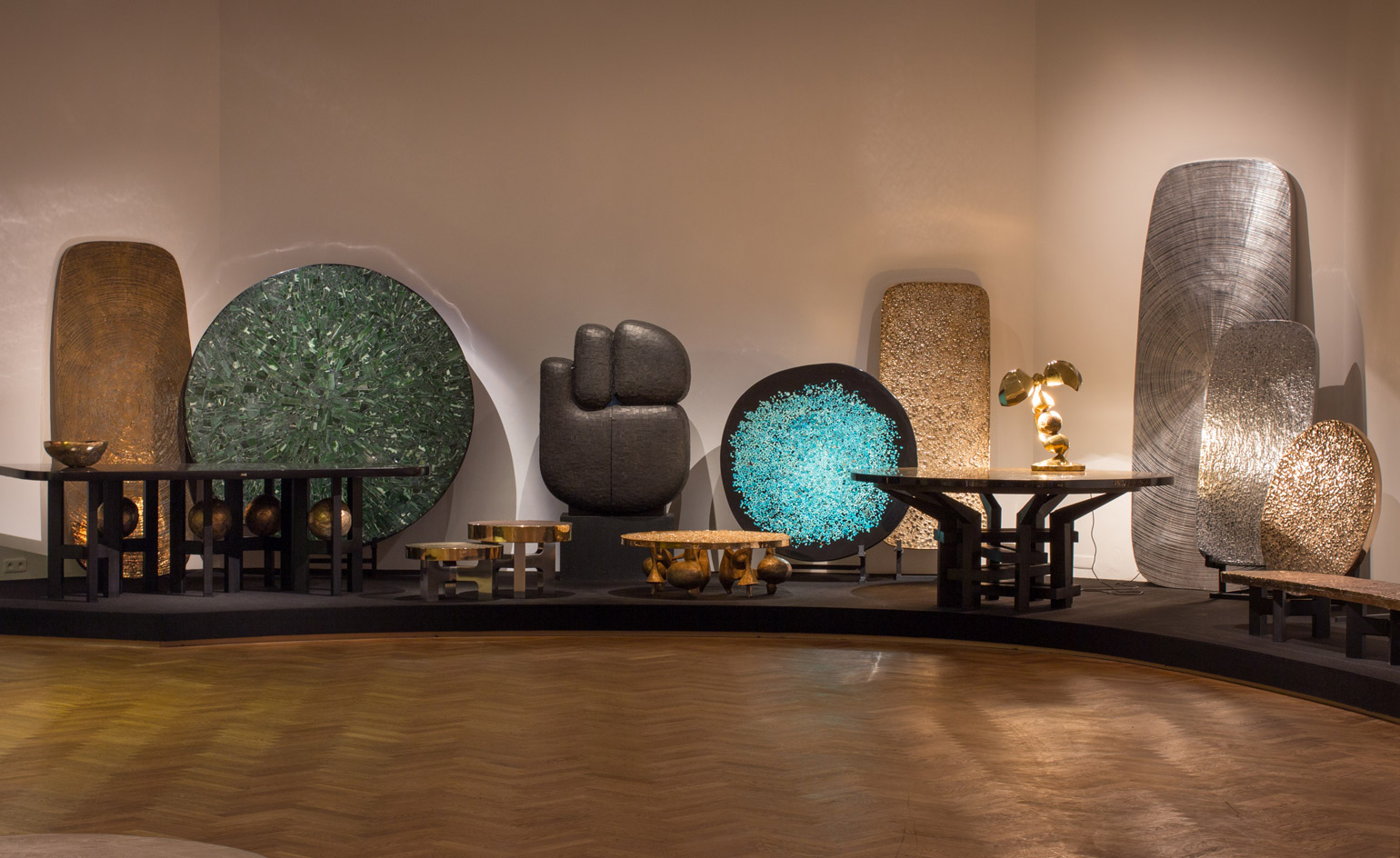
You would hardly find more a passionate specialist in mineralogy in the history of modern applied arts than Brussels-based Ado Chale. A lifetime of work by this largely unknown Belgian designer, decorator and sculptor is being presented in a first retrospective at the Bozar Centre for Fine Arts in Brussels.
Chale created a plethora of custom-made interior objects during his 50-year-long career. He belongs to the generation of interior decorators that appeared on the scene in the 1960s, focused on creating exclusive interior objects on the borders of fine and applied art. Designers such as Gabriella Crespi, Maria Pergay, François-Xavier Lalanne and Claude Lalanne established a new approach to designing furniture and accessories, bringing a glamorous spectacle into 20th century interiors.
Born in 1928 as Adolphe Pelsener, the designer was self-taught, developing his skills in blacksmiths’ metal workshops. It wasn’t until the late 1950s that he discovered mineralogy, wherein he began creating the decorative jewellery and tabletops which were to become the universe of his artistic expression. They allowed him to experiment with abstract decoration and structural solutions. He changed his name to Ado Chale at the beginning of the 1960s, marking the start of his career as a designer.
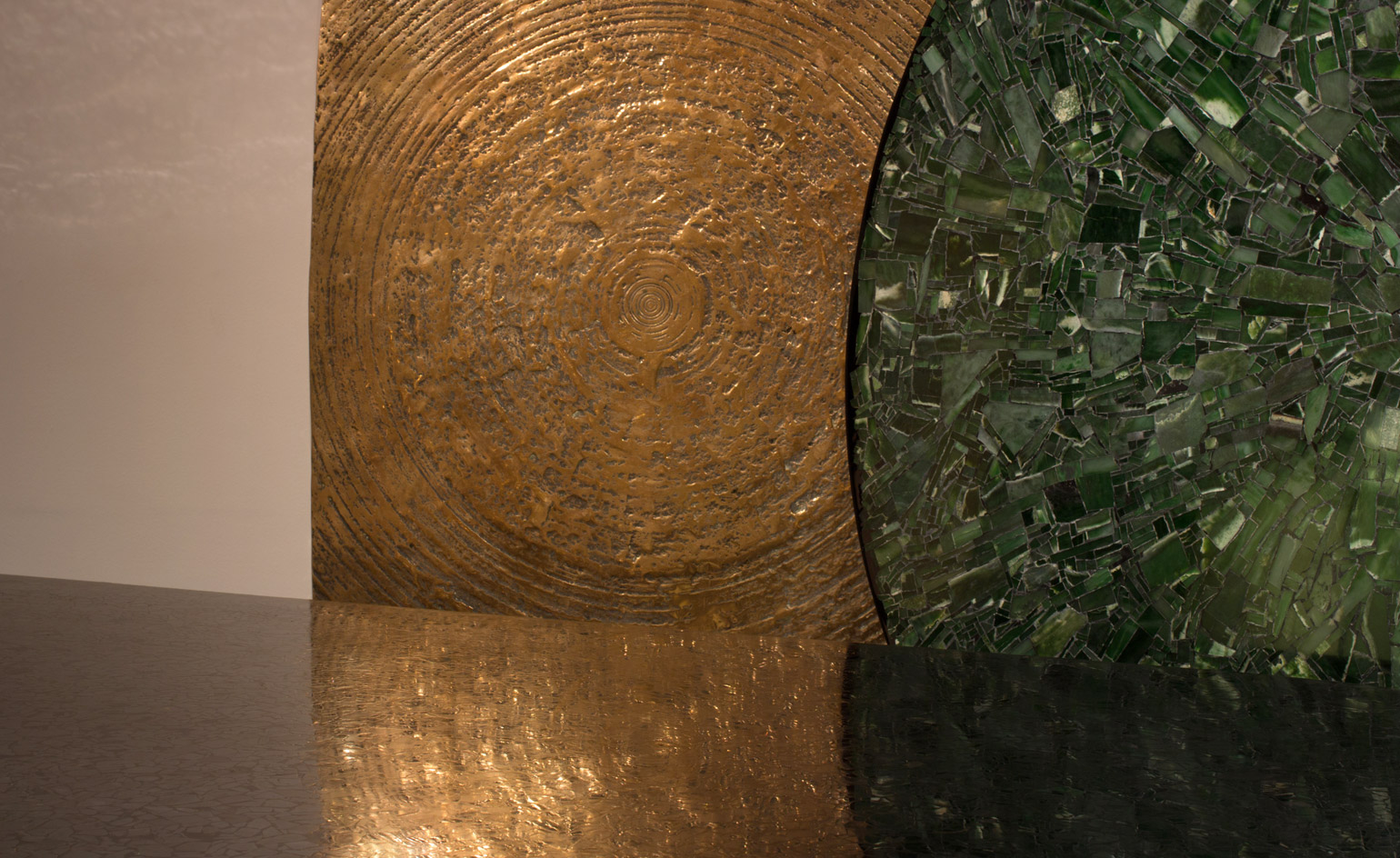
Detail of coffee tables in bronze, and black resin and malachite. Photography: Maxime Prananto.
During the 1960s and 70s, his work focused on the beauty of natural stones. He travelled the world collecting materials like fossilised redwood, malachite, chalcedony agate, rhodochrosite, lapis lazuli, jade and amethyst, encrusting them in epoxy resin to create the smooth decorative surfaces of his tables.
Chale’s work was exhibited at various world fairs, including the Universal Exhibition in Montreal in 1967. Important clients commissioned him with exclusive projects. In 1968, he created 25 marcasite mosaic tables for the new Hilton Hotel in Brussels. His practice was favoured by the Court of Belgium, which chose a number of official gifts from his work: notably for the wedding of the Prince of Wales and Diana Spencer, the first visit of President Pompidou to Brussels, the birthday of Queen Beatrix of the Netherlands and that of the German Chancellor Helmut Kohl.
While Chale continued to exhibit his work around the world during the 1980s and 90s, he turned to less valuable natural materials. He started to use bone buttons, mother-of-pearl or peppercorns to manufacture small decorative and sometimes functional objects, such as door handles, cigar box, lamps, obelisks, mosaic balls, bronze cuts and also his first paintings of torn papers or ropes.
In 2000, Chale met Paris-based galerist Yves Gastou who opened a new market for him. The Belgian designer’s work was subsequently favored by interior architects like Alberto Pinto, Peter Marino and Jacques Grange. His works from the 1960s and 70s became sought-after collectible items, and the most prestigious auctions were sold at auspicious houses like Wright and Phillips de Pury.
The scenography of the Bozar exhibition was created by Belgian artist Richard Venlet; while publishing house Aparté is releasing an new important monogaph on Chale’s practice.
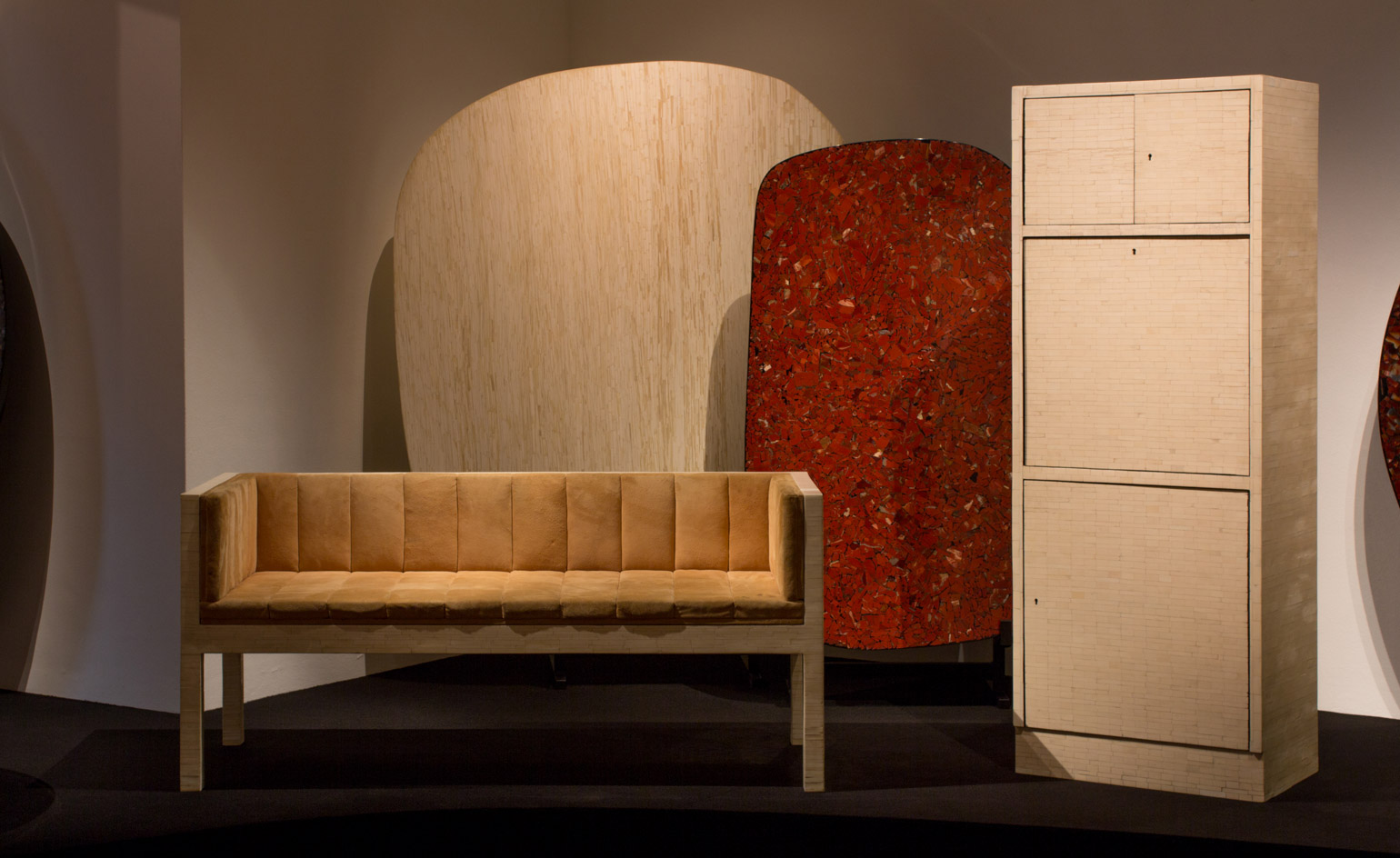
The scenography of the exhibition was created by Belgian artist Richard Venlet. Photography: Maxime Prananto.
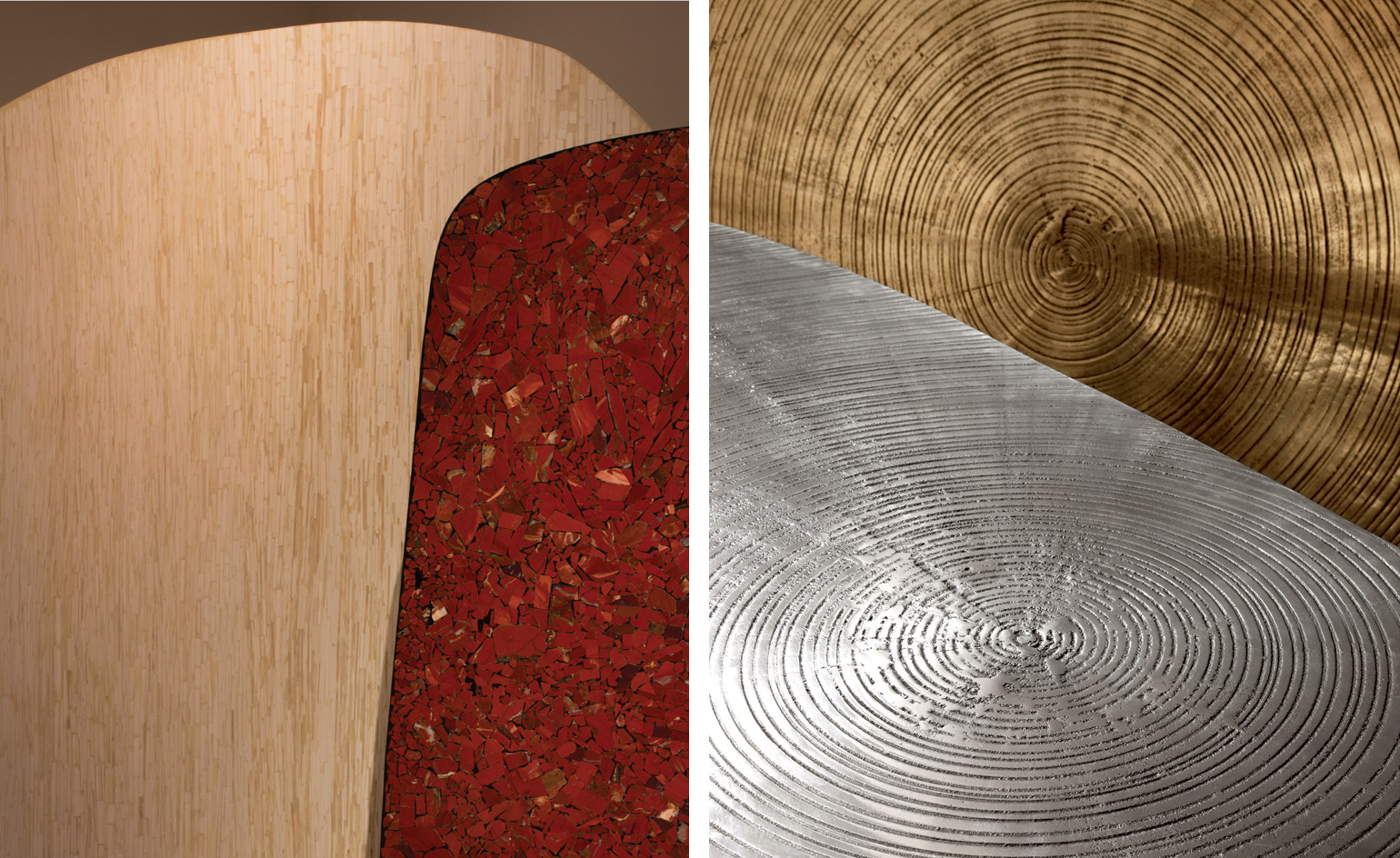
Left, installation view providing a close up of contrasting natural stone and redwood. Photography: Maxime Prananto. Right, ‘Goutte d’eau’ in bronze and aluminium. Photography: Jean-François Jaussaud.
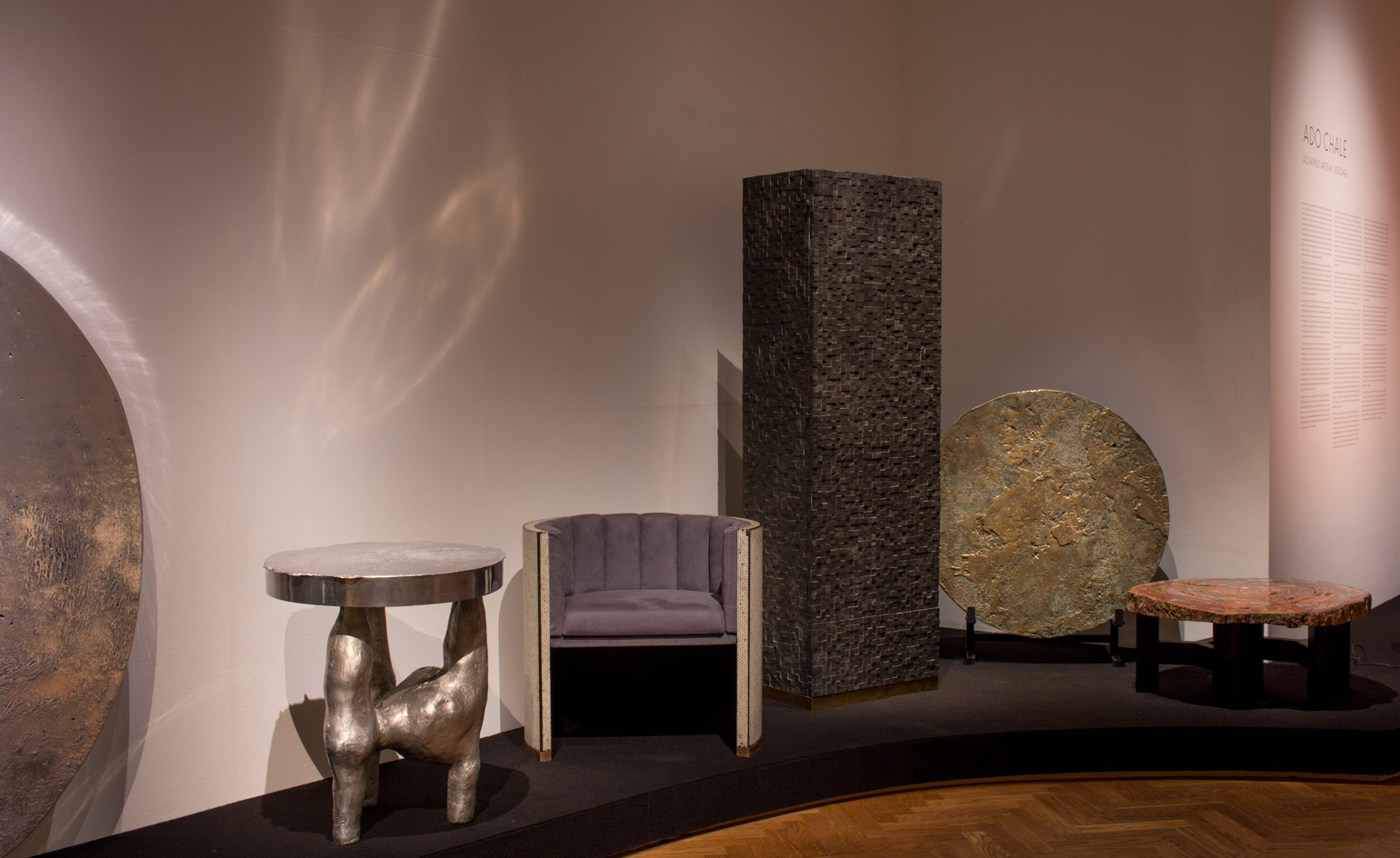
The eclectic display of works demonstrate Chale’s penchant for abstract decoration. Photography: Maxime Prananto.
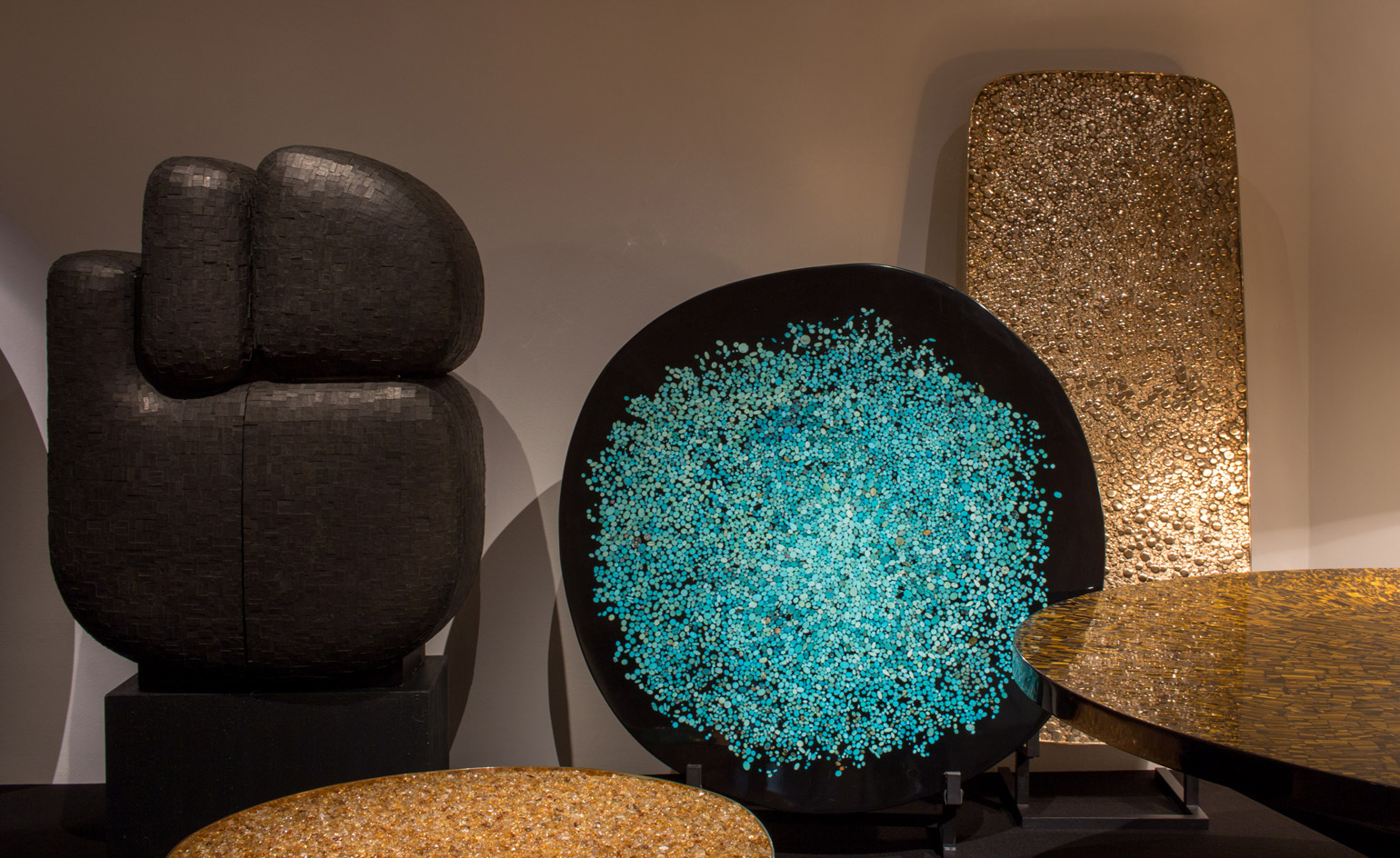
Chale used materials such as malachite, chalcedony agate, rhodochrosite, lapis lazuli, jade and amethyst, encrusting them in epoxy resin to create the smooth yet decorative surfaces of his tables. Photography: Maxime Prananto.
INFORMATION
‘Ado Chale. Alchemist. Artisan. Designer’ is on view until 24 September. For more information, visit the Bozar website.
ADDRESS
Bozar
Rue Ravensteinstraat 23
1000 Brussels
Wallpaper* Newsletter
Receive our daily digest of inspiration, escapism and design stories from around the world direct to your inbox.
Adam Štěch is an architectural historian, curator, writer and photographer, based in Prague. He is the author of books including Modern Architecture and Interiors (2006), editor of design magazine Dolce Vita and a contributor to titles including Wallpaper* and Frame, while also teaching at Scholastika in Prague.
-
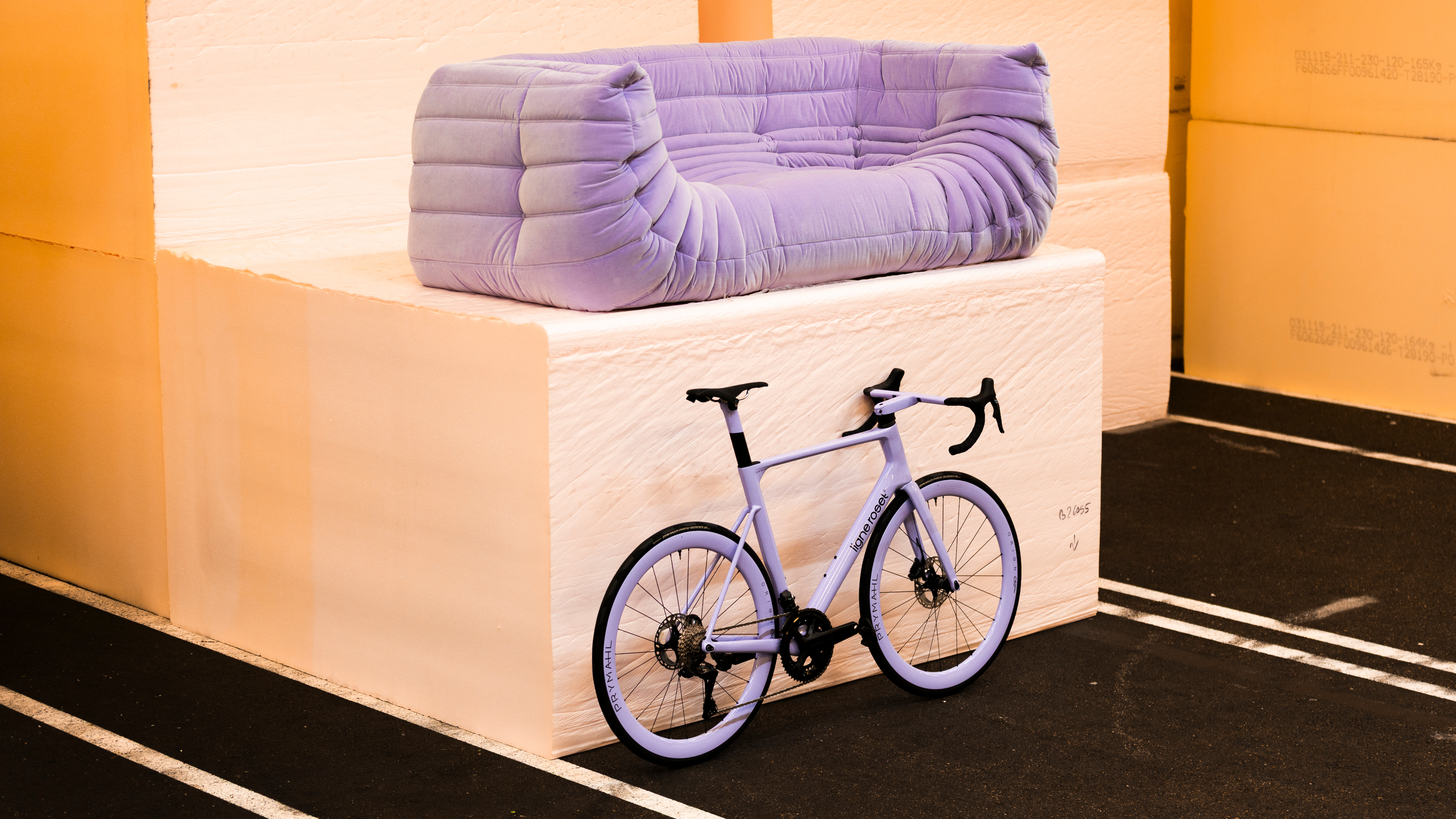 Ligne Roset teams up with Origine to create an ultra-limited-edition bike
Ligne Roset teams up with Origine to create an ultra-limited-edition bikeThe Ligne Roset x Origine bike marks the first venture from this collaboration between two major French manufacturers, each a leader in its field
By Jonathan Bell
-
 The Subaru Forester is the definition of unpretentious automotive design
The Subaru Forester is the definition of unpretentious automotive designIt’s not exactly king of the crossovers, but the Subaru Forester e-Boxer is reliable, practical and great for keeping a low profile
By Jonathan Bell
-
 Sotheby’s is auctioning a rare Frank Lloyd Wright lamp – and it could fetch $5 million
Sotheby’s is auctioning a rare Frank Lloyd Wright lamp – and it could fetch $5 millionThe architect's ‘Double-Pedestal’ lamp, which was designed for the Dana House in 1903, is hitting the auction block 13 May at Sotheby's.
By Anna Solomon
-
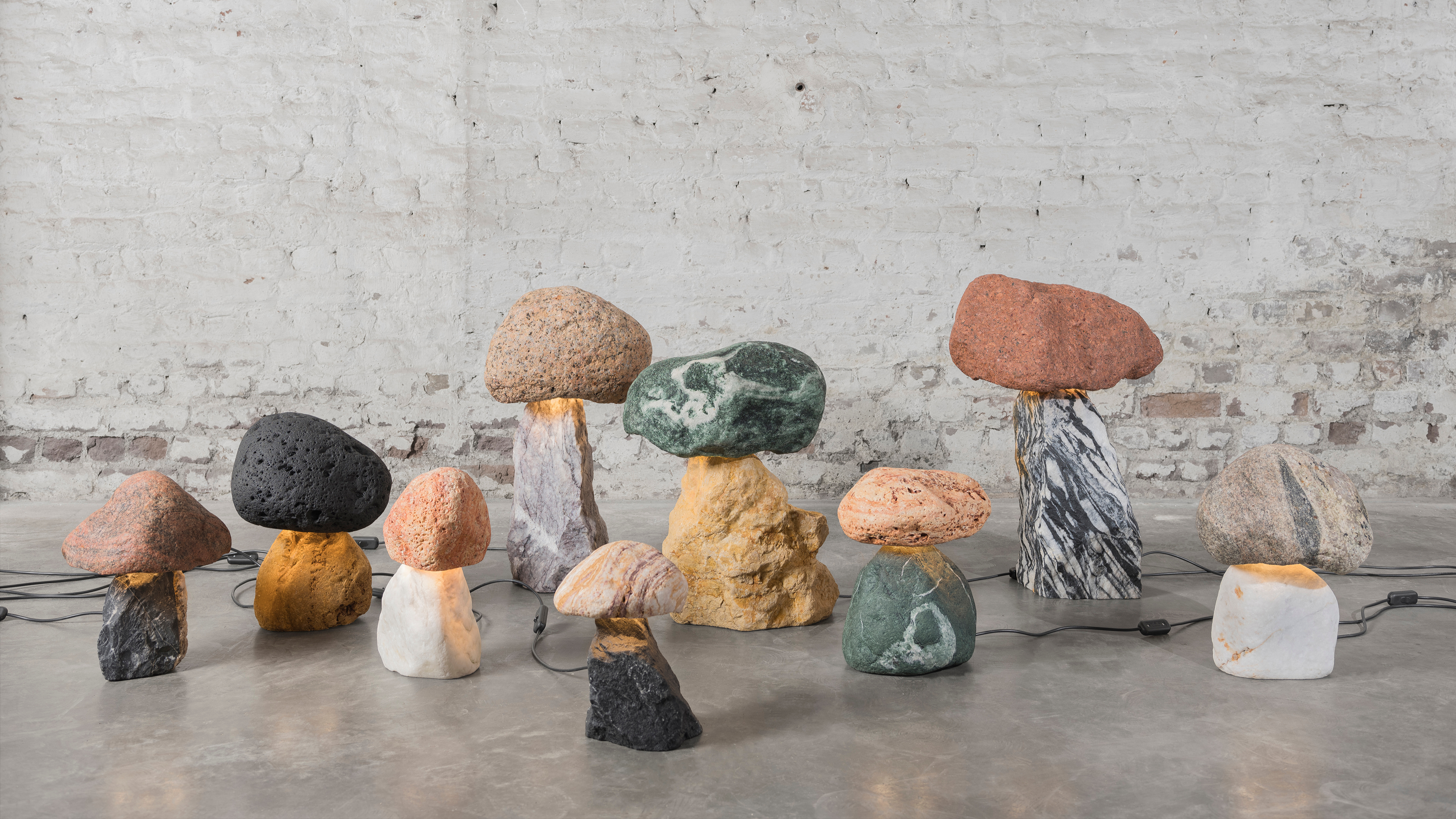 Guiding lights: Maarten De Ceulaer stacks stones into sculptural lamps
Guiding lights: Maarten De Ceulaer stacks stones into sculptural lampsDebuting at Brussels’ Collectible design fair in March 2025, Maarten De Ceulaer's Cairn Lights balance craftsmanship and connection to the natural world
By Ali Morris
-
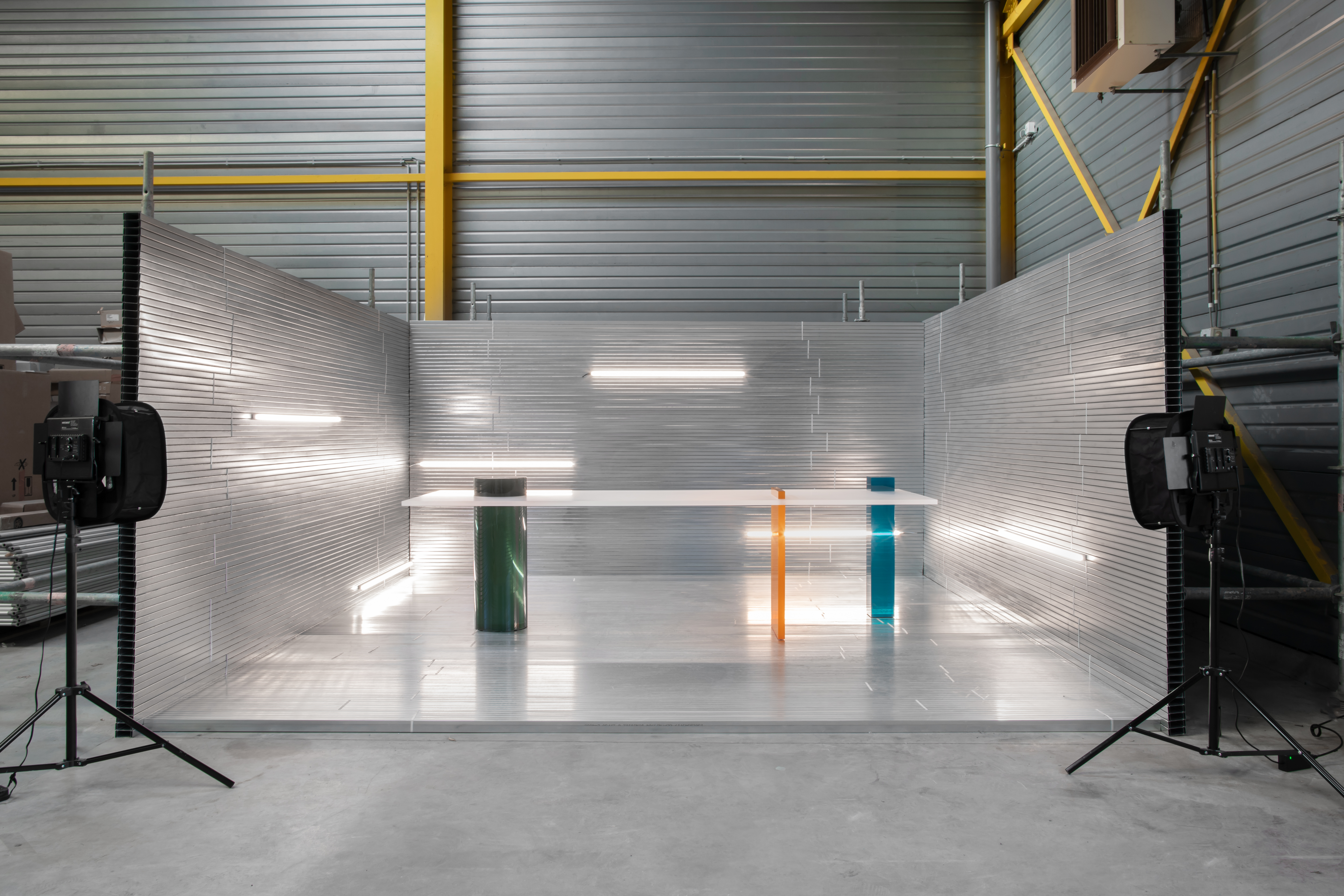 Roman ruins inspire these tables from Brussels-based Cobra Studios
Roman ruins inspire these tables from Brussels-based Cobra StudiosCobra Studios' breakthrough collection of roman-inspired tables
By Rosa Bertoli
-
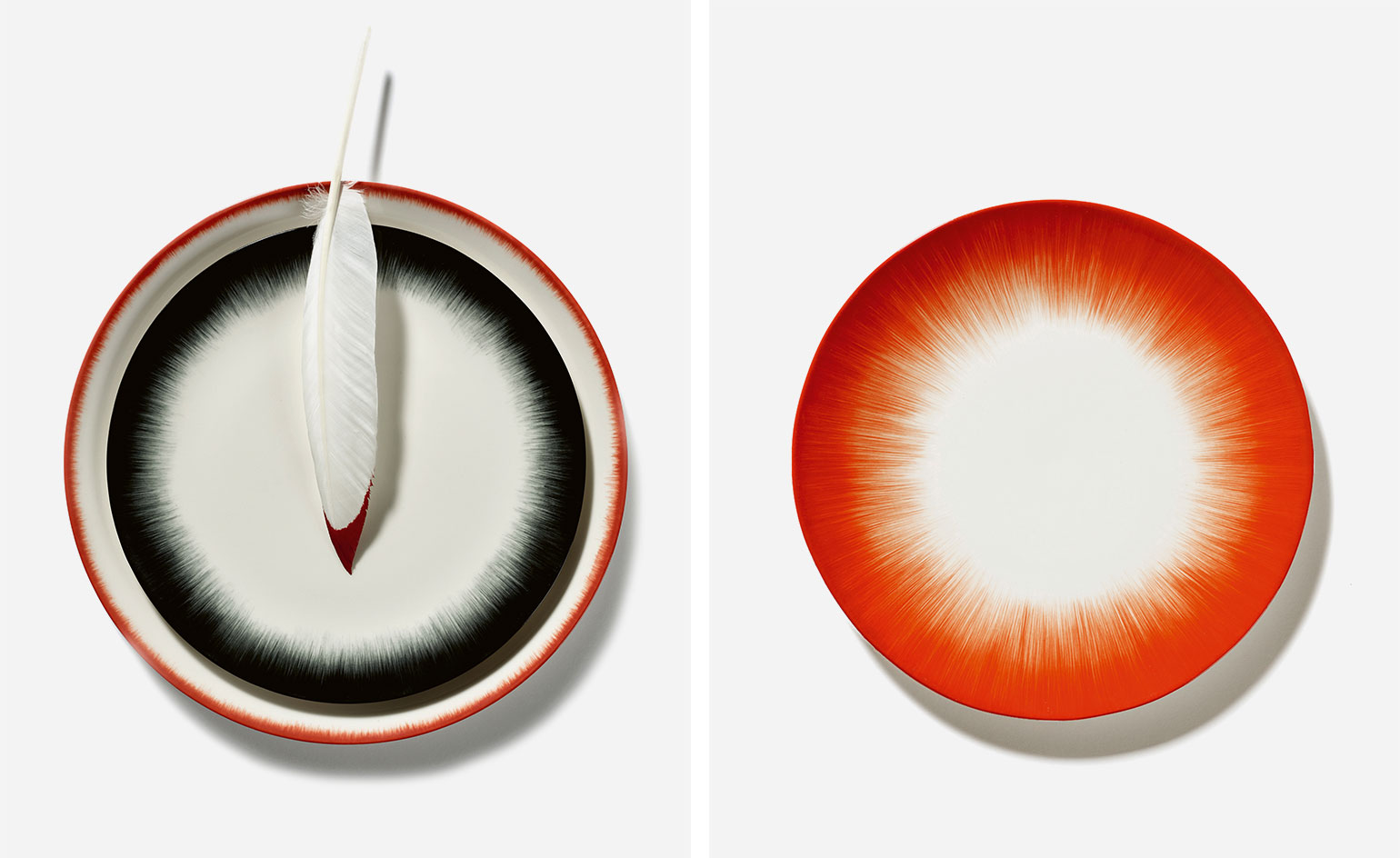 Ann Demeulemeester’s first foray into homeware ‘returns to the essence of things’
Ann Demeulemeester’s first foray into homeware ‘returns to the essence of things’The Belgian fashion designer collaborates with Serax for a collection launching at Maison et Objet this week
By Siska Lyssens
-
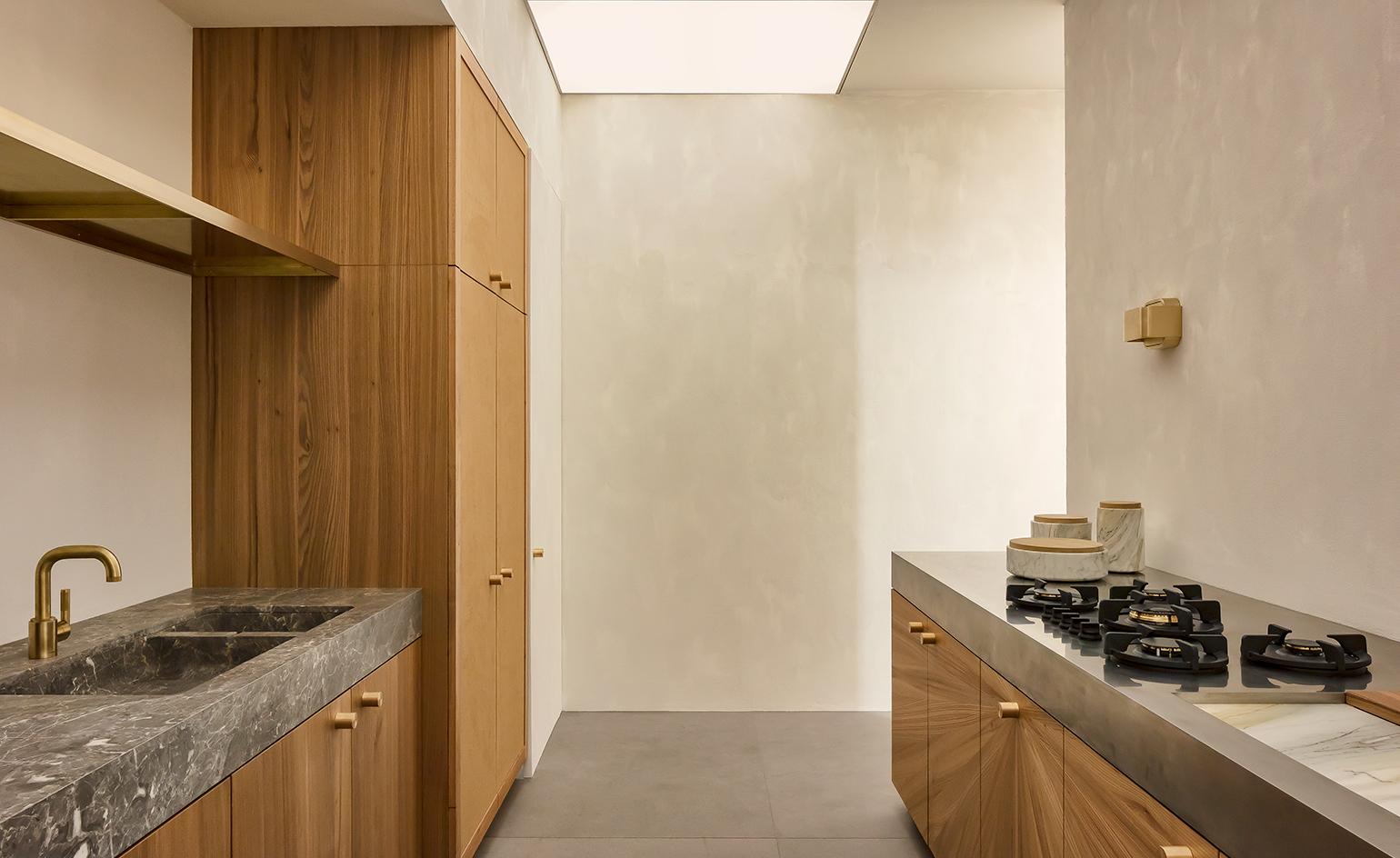 Neuschwanstein Castle’s servants’ kitchen inspire new utilitarian Belgian design
Neuschwanstein Castle’s servants’ kitchen inspire new utilitarian Belgian designBy Siska Lyssens
-
 A former printworks makes an impression as a gallery and home for designer Xavier Lust
A former printworks makes an impression as a gallery and home for designer Xavier LustBy Siska Lyssens
-
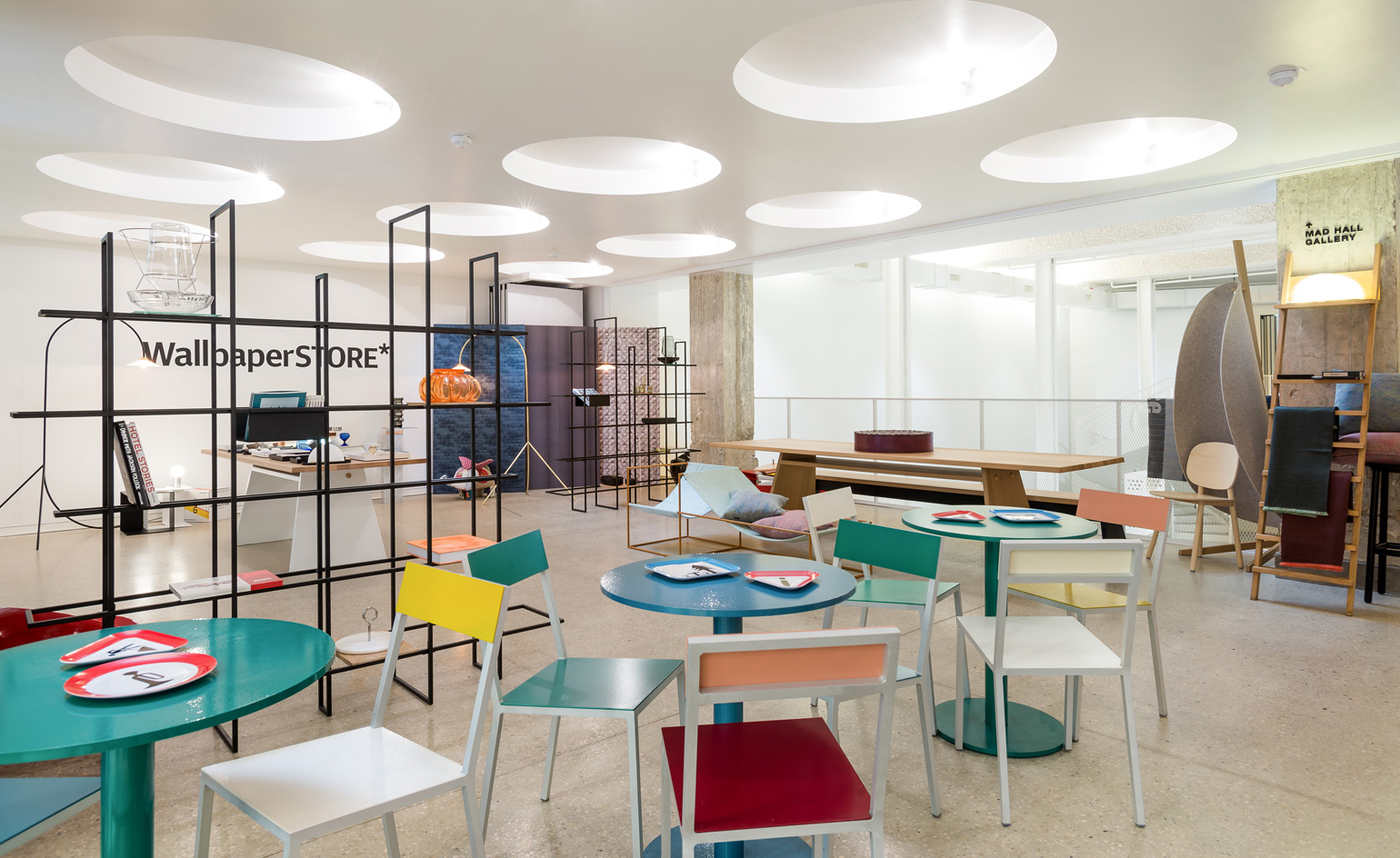 At MAD Museum in Brussels, Belgian design and a WallpaperSTORE* pop-up
At MAD Museum in Brussels, Belgian design and a WallpaperSTORE* pop-upBy Rosa Bertoli
-
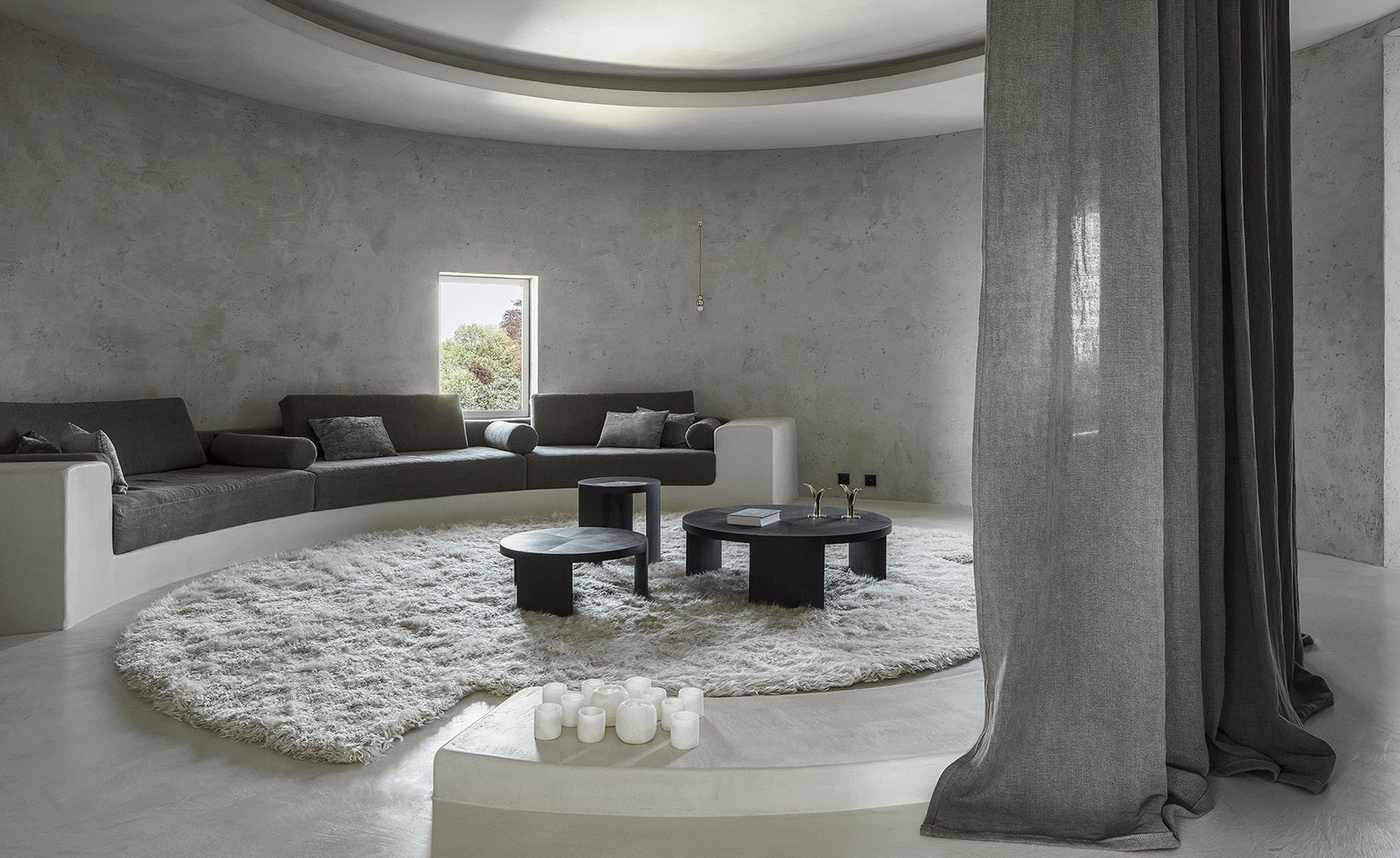 Magic circle: Arjaan De Feyter casts a spell over a silo in Antwerp
Magic circle: Arjaan De Feyter casts a spell over a silo in AntwerpBy Harriet Thorpe
-
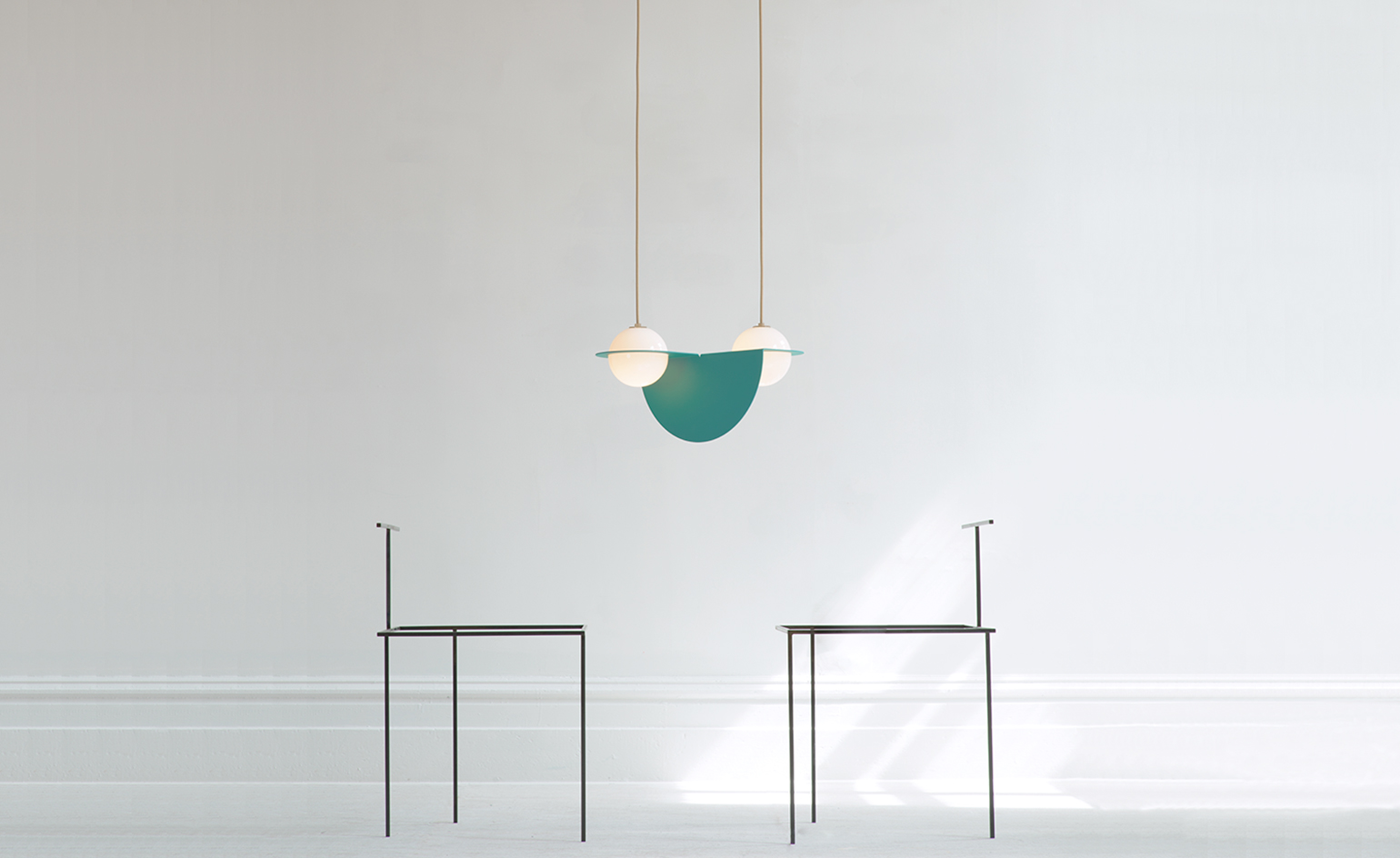 At Kortrijk’s Biennale Interieur, an air of optimism and silver linings
At Kortrijk’s Biennale Interieur, an air of optimism and silver liningsBy Giovanna Dunmall